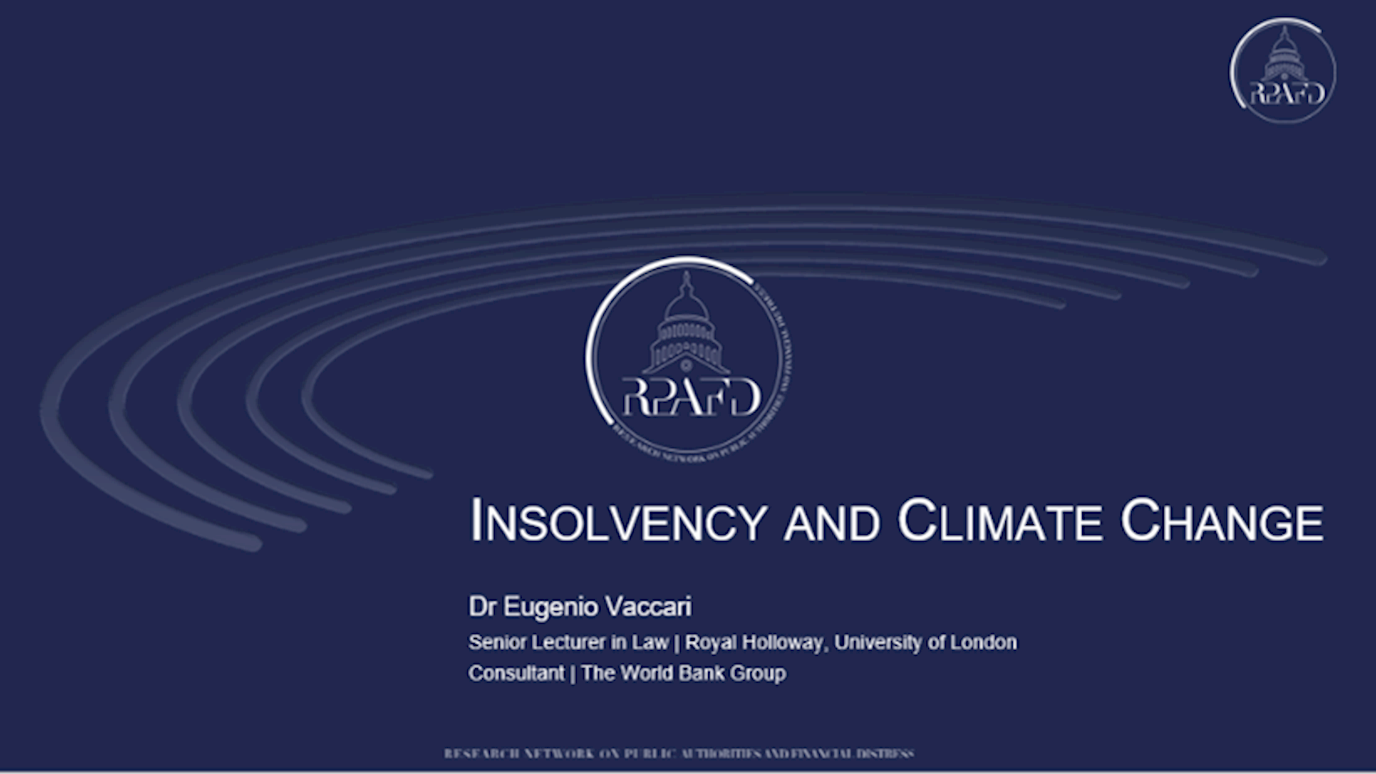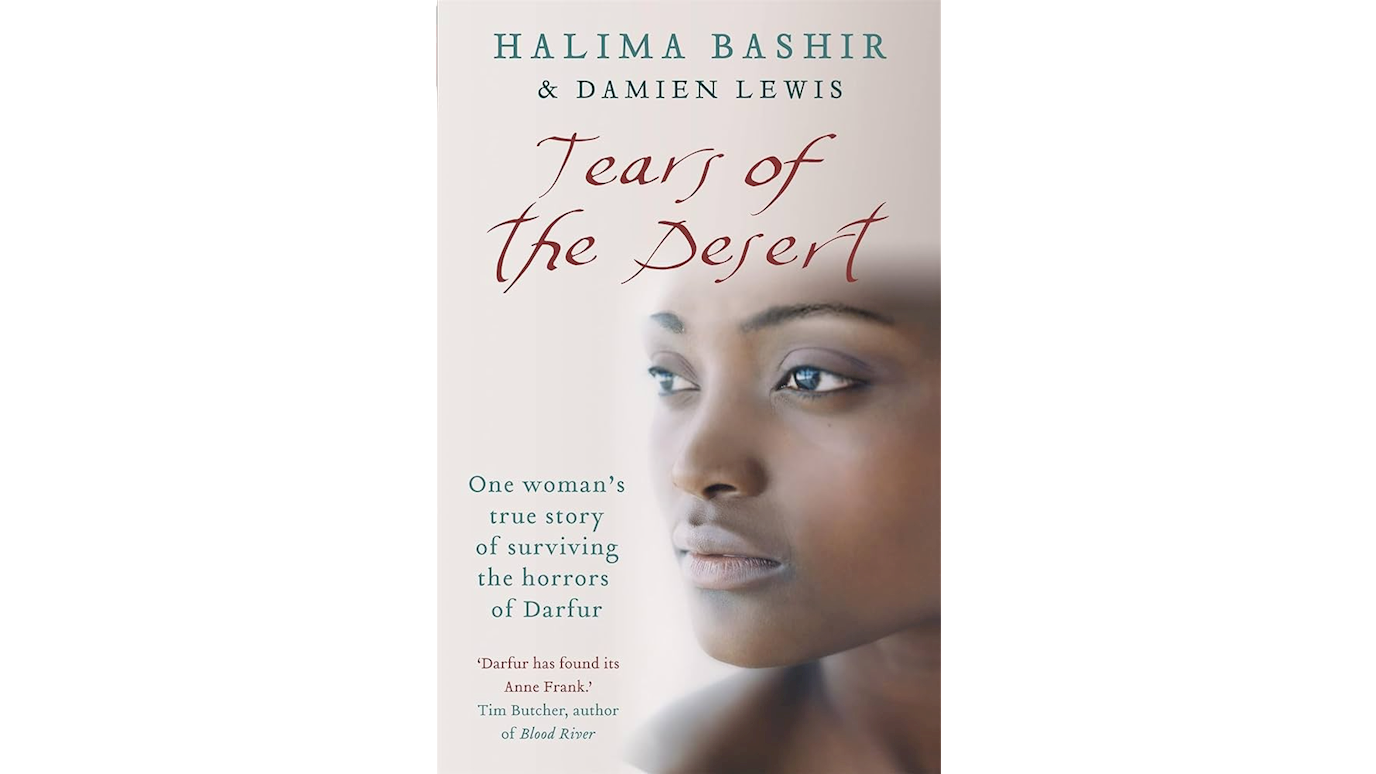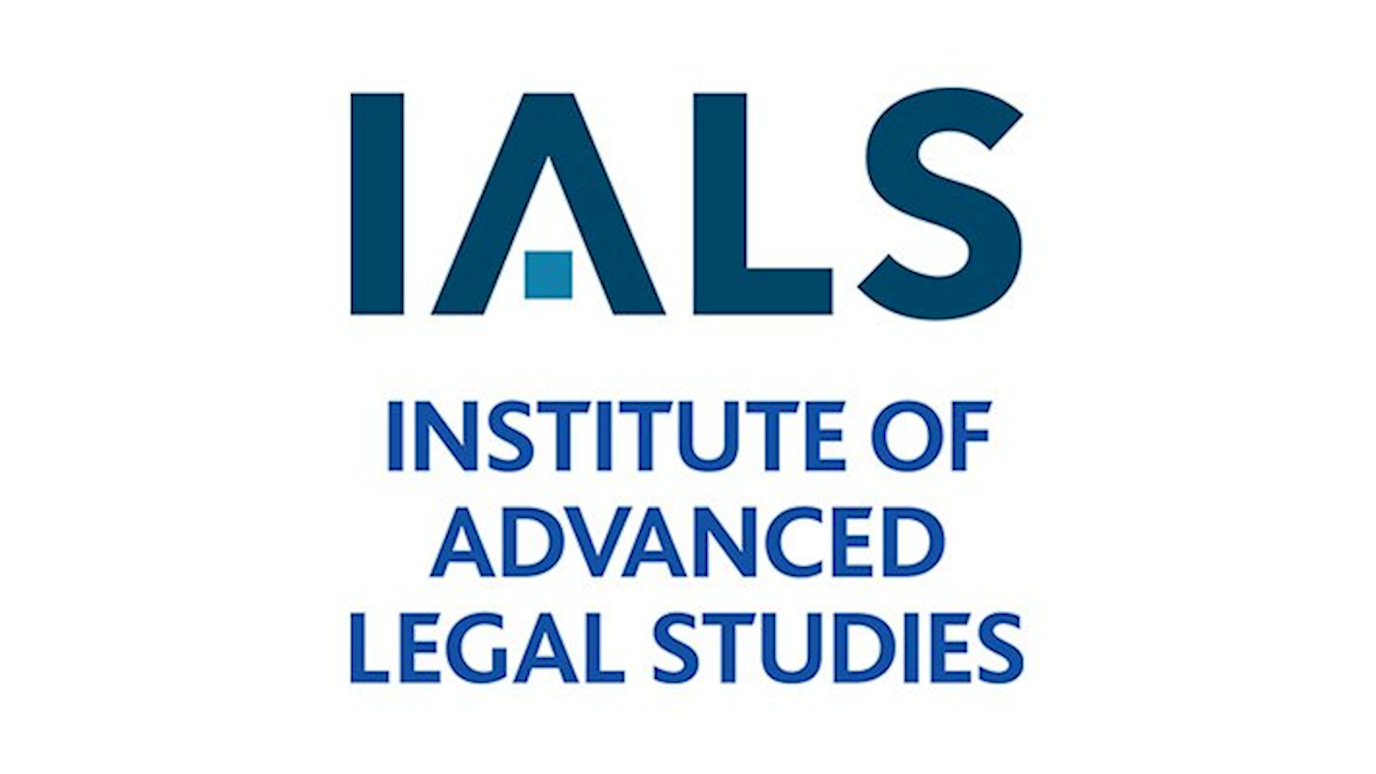On the International Day for the Elimination of Violence Against Women, Isabella Da Re reflects on the recent femicide which sparked outrage in Italy: the violent murder of 22-year-old Giulia Cecchettin by ex-boyfriend.

The latest femicide in Italy, the murder of a 22-year-old by her former boyfriend, has sparked anger about her death.
On Saturday 18th November, in the province of Pordenone in Northern Italy, the lifeless body of Giulia Cecchettin was found in a mountain gully after a weeklong search. At the young age of 22, Giulia is the latest victim of feminicide at the hands of her ex-boyfriend, who has been arrested in Germany following his escape and pending extradition. Initial reports indicate an altercation that lasted around 22 minutes, starting in a carpark near the victim’s home which progressed to a nearby town. Here the police suspect that Giulia was stabbed a multitude of times to the head, neck and hands. Her body was later disposed of in the mountains.
This is one story amongst the many which illustrates the ongoing pervasiveness of Violence Against Women (VAW) and the suffering that we embody. In Italy alone in 2022, out of the 140 homicides in familial/ partner contexts, 103 were female victims, of these 67 were killed by their partner or ex-partner.[1] Many thousands more share the same fate across the world (for example feminicides in Latin America),[2] due to the patriarchal structures which reproduce and perpetrate VAW. Giulia’s sister, Elena Cecchettin penned a letter to the Corriere Della Sera which stressed that (and I translate) “feminicide is a homicide perpetrated by the State”.
So, what role does the State play, in this case Italy, in protecting women from gender-based violence?
The Council of Europe Convention on Preventing and Combating Violence Against Women and Domestic Violence, also known as the Istanbul Convention, sets out avant-garde obligations for contracting States in addressing and eliminating VAW. The Istanbul Convention defines VAW as,
“a violation of human rights and a form of discrimination against women and shall mean all acts of gender-based violence that result in, or are likely to result in, physical, sexual, psychological or economic harm or suffering to women, including threats of such acts, coercion or arbitrary deprivation of liberty, whether occurring in public or in private life”.[3]
Article 1 requires contracting States to; protect women from VAW and domestic violence; empower women; strive for equality; and most importantly, “design a comprehensive framework, policies and measures for the protection of and assistance to all victims of violence against women and domestic violence”.[4] State due diligence expands to both refrain from perpetrating violence against women, as well as “take the necessary legislative and other measures to… prevent, investigate, punish and provide reparation for acts of violence… perpetrated by non-State actors”.[5] This includes, inter alia, ensuring that government budgets are allocated to policies and programmes aimed at preventing and protecting women;[6] taking steps to change damaging social norms which perpetuate the subordination and control of women via stereotypes, prejudices and traditions;[7] getting boys and men actively involved in affecting change;[8] raising awareness of VAW through nation-wide campaigns as well education programmes aimed at undoing harmful structures of violence;[9] and providing support services for women who experience violence, including specialist programmes and shelters.[10]
Whilst such obligations exist, the persistent occurrence of feminicide in Italy alludes to failures of the State to protect women from third parties. The State, thus, becomes a vessel, or arguably an accomplice, in the perpetration of VAW once assuming a lesser-faire or negatory approach to the issue. The GREVIO report on Italy of 2019, indicates such problems, noting how the promotion of gender-equality is advanced via family and motherhood rhetoric, without “clearly acknowledging the structural nature of violence against women as a manifestation of historically unequal power relations between women and men”.[11] Adding to this, it raises concern over the interference of anti-gender movements highly diffused in the media and in local politics, who prevent schools from teaching students sexual education and reproductive rights in a gender-sensitive manner, with focus on gendered relationships, gender-based violence, gendered-biases, discrimination, sexualities and debunking gendered-roles.[12] Lastly, amongst many other points, it calls for State-funded support services and women’s shelters, which are currently sparse across Italy and usually run by NGOs rather than the State.[13]
Such responsibility placed on States to protect women from gender-based violence has been affirmed by the European Court of Human Rights (ECtHR). Feminicide and domestic violence have been found to violate Article 2 (the right to life) as well as Article 3 (the prohibition of torture) of the European Convention on Human Rights (ECHR).[14] The court on several occasions has reiterated that States need to, inter alia, effectively investigate allegations of abuse, implement protection mechanisms for victim/survivors so not to experience further abuse, train police forces to understand and recognise discriminatory practices and threats, ensure timely and adequate criminal prosecutions[15]. In Opuz v Turkey, the ECtHR noted that “the State’s failure to protect women against domestic violence breaches their right to equal protection of the law and that this failure does not need to be intentional”.[16] In essence, the continuous occurrence of VAW, in its various and wide-ranging forms, requires continuous, systematic, and radial social and legal changes. The State has to become a protector not facilitator of violence, so that no more women suffer Giulia’s fate.
[1] Ministero dell´Interno, ‘8 Marzo: Giornata Internazionale Della Donna. Donne Vittime Di Violenza’ (2023).
[2] Follow-up Mechanism to the Belém do Pará Convention (MESECVI), ‘Inter-American Model Law on the Prevention, Punishment and Eradication of the Gender-Related Killing of Women and Girls (Femicide/ Feminicide)’ (2018).
[3] Council of Europe Convention on preventing and combating violence against women and domestic violence (Istanbul Convention) (2014) Art 3(a).
[4] ibid Art 1.
[5] ibid Art 5.
[6] ibid Art 8.
[7] ibid Art 12(1)(2).
[8] ibid Art 12(4).
[9] ibid Art 13 & 14.
[10] ibid Art 20, 22, 23, 24, 25.
[11] GREVIO, ‘Round Baseline Evaluation Italy’ (2019) Executive summary para 4.
[12] ibid.
[13] ibid.
[14] Convention for the Protection of Human Rights and Fundamental Freedoms (European Convention on Human Rights, as amended) (ECHR) (1950); Opuz v Turkey (2009) ECHR Application no 33401/02.
[15] See, for example, Talpis v Italy (2017) ECHR Application no 41237/14; Volodina v Russia (2019) ECHR application no 41261/17; Opuz (n 14).
[16] Opuz (n 14) para 191.
























